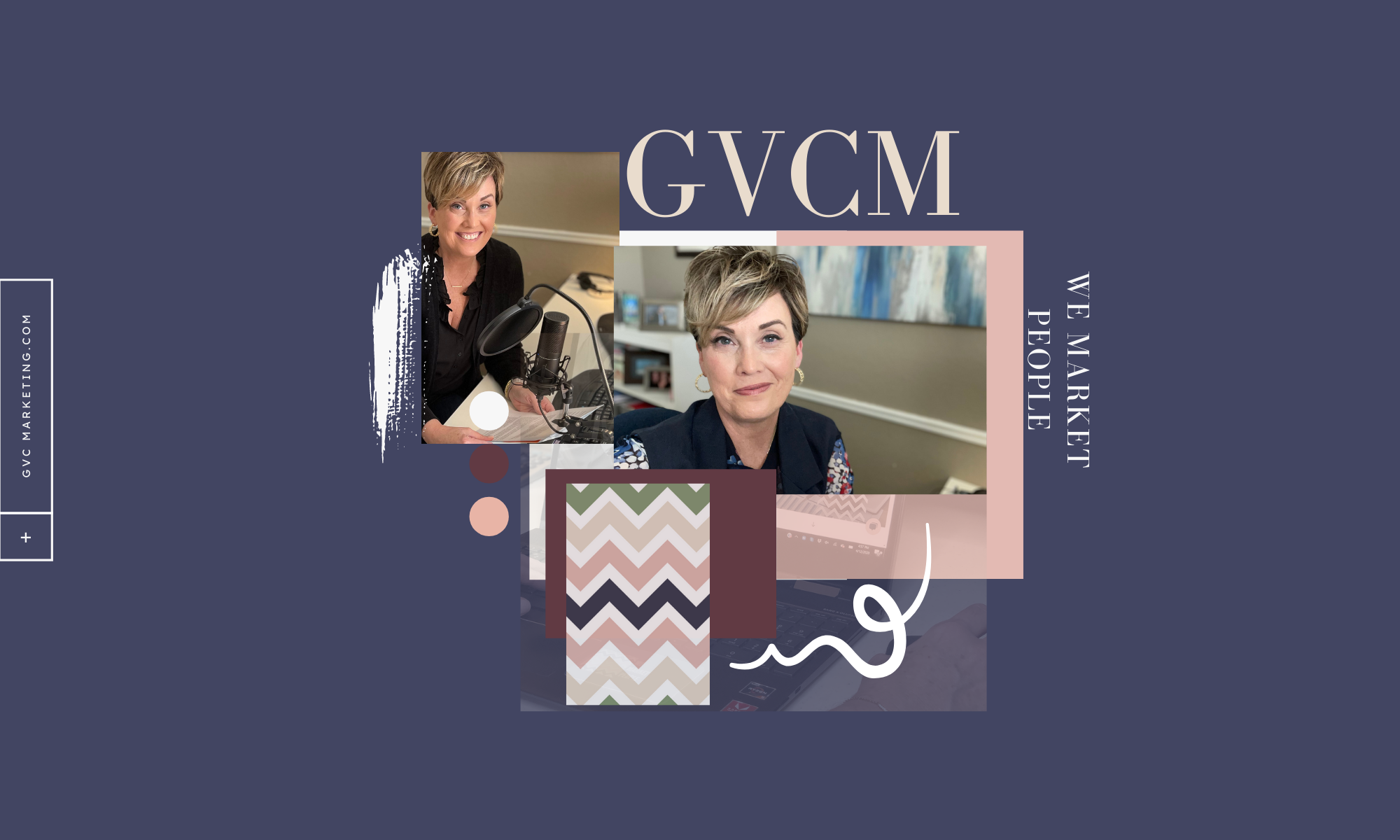
1. Adopt a visual-first mindset.
You know text-based content isn’t enough if you want to engage today’s audiences. But just because you’re using more visual content — from motion graphics to data visualizations to interactive experiences — it doesn’t mean you’re using it effectively. To truly thrive in a world that puts visual content first, you need to adopt a visual-first mindset.
Think about it: How do you kick off your typical marketing campaign? If you write the text or messaging before planning what types of visual content you’ll be deploying, you’re not really putting visuals first. You should start planning every campaign by asking what types of content your audience is most likely to engage with, and on what platforms. Do they respond best to 10-second video ads or three-minute explainer videos? Do they interact with more branded content on Twitter or Instagram?
Answering these types of questions ensures that you’re using the types of visual content that will really convert, right from the start. If not, you’re still living in the text-driven world of the past.
2. Define your visual identity.
Maybe you’ve already got clear brand guidelines in place. Or perhaps you’re overdue for a rebrand. Either way, it’s worth your while to kick off 2020 with an honest assessment of whether your brand’s visual identity is truly serving your best interests.
For instance, if you’d like to build brand awareness among Generation Z in 2020, you should be able to easily adapt your visual content to multiple channels. And considering Gen Z watches an average of 68 videos per day, you should have clearly defined brand guidelines for what your videos and motion graphics look like.
Many brands haven’t fully developed their visual identity to include an illustration style, icon style, data visualization style, and other considerations. Make sure you’re fully prepared for every scenario.
Why go to all this effort to fully develop your visual identity before you start creating visual content in 2020? Because the key to building brand awareness is making your brand recognizable across all the visual content you produce. This requires a commitment to achieving a consistent look and feel, no matter the asset or the platform. That means you need a visual brand identity that’s not just highly adaptable but also communicates the right vision of your brand.
3. Develop a visual workbench.
Once you’ve developed a visual identity that you’re confident in, you want to be able to implement it across a wide variety of assets. A visual workbench can help you achieve this.
A visual workbench is a collection of pre-designed assets that you’ll use again and again. For instance, maybe you need a set of icons that represent your fundamental products or services. Or maybe there’s a stat that you share often because it proves the value of what you have to offer.
Whatever the case may be, there’s no sense in redesigning it from scratch every time. Even if you did so, the different look and feel of each could actually prevent you from developing a more recognizable brand.
4. Create a visual language for every campaign.
When it’s time to plan a particular marketing campaign, you may need to develop a visual language especially for that campaign. A visual language acts as a “style guide” for your campaign. While it will likely include many aspects of your visual brand identity, it may include additional elements or specifications that are optimized to achieve the campaign’s unique goals and reach your target audience.
You’ve worked hard to develop a visual identity for your brand as a whole. So why do you need a visual language for individual marketing campaigns? Because your brand guidelines are sometimes too general to achieve campaign-specific goals. For instance, if your company makes shoes, you probably have a pretty broad audience. But if a single marketing campaign is aiming to promote your new line of hiking shoes, you’re speaking to a smaller segment of that audience with unique tastes and preferences. So you’ll want to adjust the look and feel of your content accordingly — without losing sight of your overall brand identity.
Adopt these four resolutions in 2020, and you’re likely to see more engagement and greater brand recognition with every campaign you run. Happy new year, and happy marketing!
